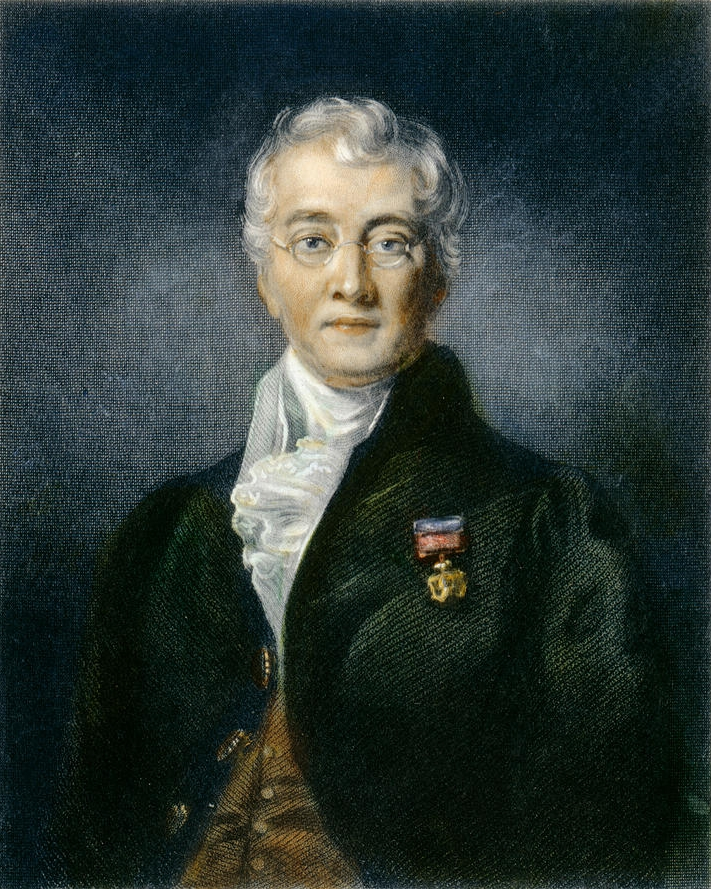
Charles Bell
Category : ArtDocs , NameGivingDocs , SpiritualDocs

Sir Charles Bell KH FRS FRSE FRCSE MWS (12 November 1774 – 28 April 1842) was a Scottish surgeon, anatomist, physiologist, neurologist, artist, and philosophical theologian. He is noted for discovering the difference between sensory nerves and motor nerves in the spinal cord. He is also noted for describing Bell’s palsy.
Charles Bell was born in Edinburgh on 12 November 1774,[2] as the fourth son of the Reverend William Bell, a clergyman of the Episcopal Church of Scotland. Charles’s father died in 1779 when he was five years old, and so his mother had a unique influence on his early life, teaching him how to read and write.[1] In addition to this, his mother also helped Charles’s natural artistic ability by paying for his regular drawing and painting lessons from David Allan, a well-known Scottish painter.

While at the university, Bell attended the lectures of Dugald Stewart on the subject of spiritual philosophy. These lectures had considerable impact on Bell, for some of Stewart’s teachings can be traced in Bell’s later works in a passage on his Treatise on the Hand.[1] In addition to classes on anatomy, Bell took a course on the art of drawing in order to refine his artistic skill.
While developing his talents as a surgeon, Bell’s interests forayed into a field combining anatomy and art. His inherent talent as an artist came to the fore when he helped his brother complete a four-volume work called The Anatomy of the Human Body. Charles Bell completely wrote and illustrated volumes 3 and 4 in 1803, as well as publishing his own set of illustrations in a System of Dissections in 1798 and 1799.[6] Furthermore, Bell used his clinical experience and artistic eye to develop the hobby of modelling interesting medical cases in wax. He proceeded to accumulate an extensive collection that he dubbed his Museum of Anatomy, some items of which can still be seen today at Surgeon’s Hall.
A number of discoveries received his name:
- Bell’s (external respiratory) nerve: The long thoracic nerve.
- Bell’s palsy: a unilateral idiopathic paralysis of facial muscles due to a lesion of the facial nerve.
- Bell’s phenomenon: A normal defense mechanism—upward and outward movement of the eye which occurs when an individual closes their eyes forcibly. It can be appreciated clinically in a patient with paralysis of the orbicularis oculi (e.g. Guillain–Barré syndrome or Bell’s palsy), as the eyelid remains elevated when the patient tries to close the eye.[24][25]
- Bell’s spasm: Involuntary twitching of the facial muscles.
- Bell–Magendie law or Bell’s Law: States that the anterior branch of spinal nerve roots contain only motor fibers and the posterior roots contain only sensory fibers.[26]
Charles Bell House, part of University College London, is used for teaching and research in surgery